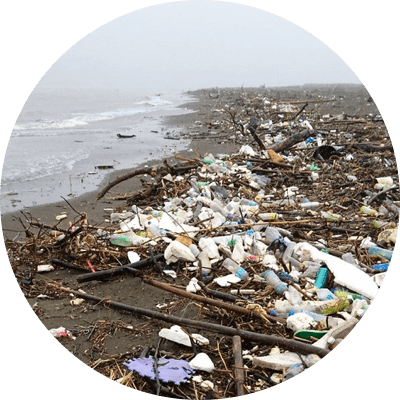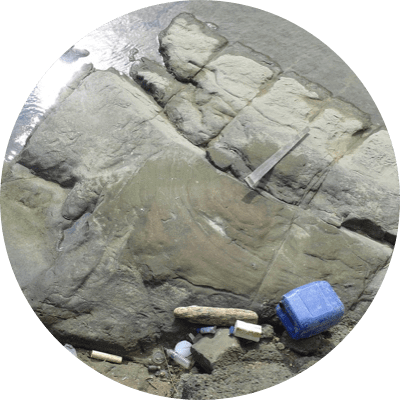Extended Reading
When hermit crabs are frightened, they use their big claw to cover the opening of their shell, typically leaving no opening. Have you experienced the tickling, prickly feeling you get when you put a hermit crab in your palm and then it slowly reveals its head and moves its limbs? But in the seas nowadays, why do we only see more and more moving plastic bottle caps?
Human pollution of the ocean has led to a significant decrease in the number of shellfish. Because people often collect shells at the seaside, many hermit crabs can’t find a suitable home and are forced to find shelter in plastic garbage.
Every year, around 8 million tons of plastic garbage is dumped into the ocean globally, which equates to one truck of plastic garbage getting poured into the ocean every minute. The Ocean Cleanup group released a report in 2017 that said 1.15 to 2.41 million tons of plastic garbage was being deposited into the ocean from rivers each year. Two-thirds of this came from only 20 rivers, including Taiwan’s Tamsui River, which was ranked as the number 16 polluter.
At the beginning of 2018, three killer whales became trapped in Kaohsiung Port. Despite a rescue attempt, they didn’t survive. An autopsy revealed 18 plastic bags found in the stomach of the smallest female killer whale. She must have mistaken them for food.
The ocean trash crisis is worsening. Perhaps one day we will find ourselves becoming hermit crabs that live under garbage roofs.




